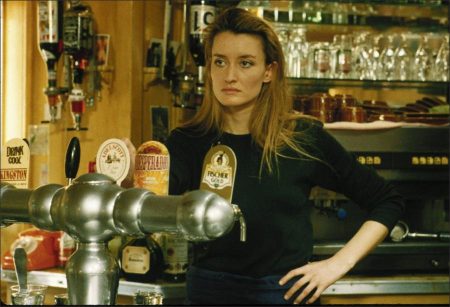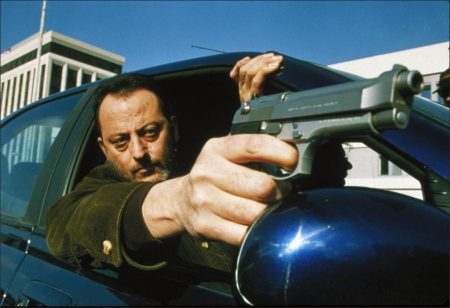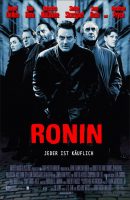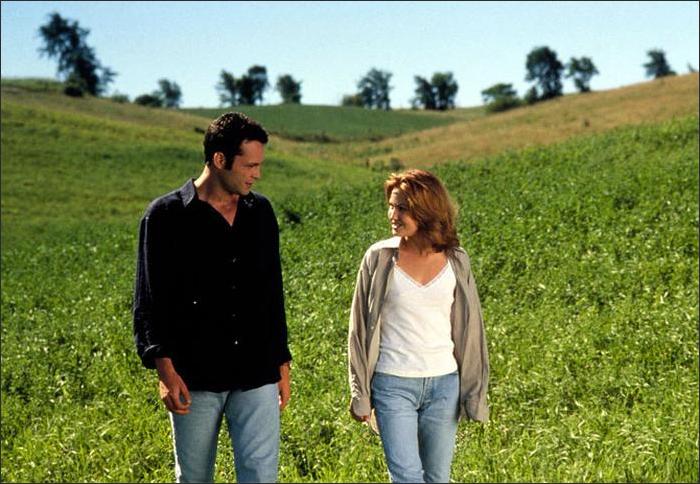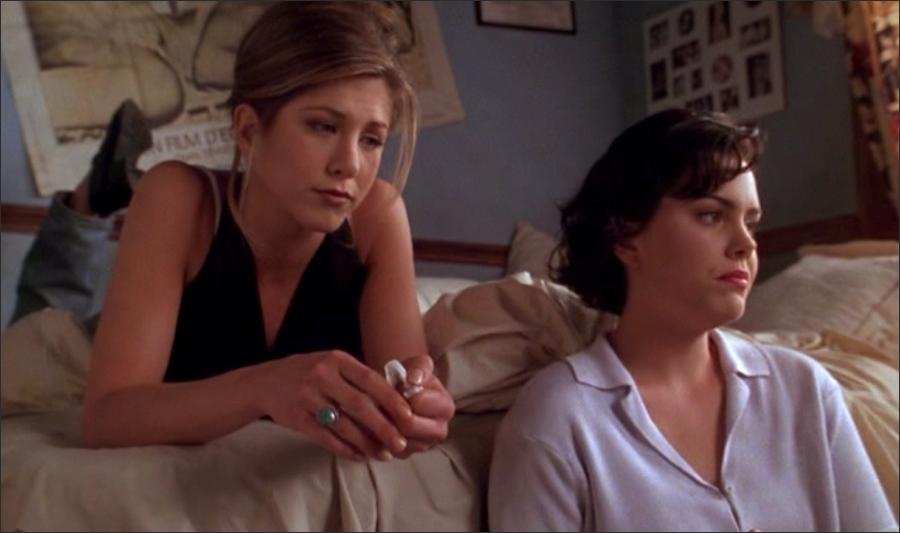Taglines: Anyone is an enemy for a price.
Ronin is the Japanese word used for Samurai without a master. In this case, the Ronin are outcast specialists of every kind, whose services are available to everyone – for money. Dierdre (undoubtedly from Ireland) hires several Ronin to form a team in order to retrieve an important suitcase from a man who is about to sell it to the Russians. After the mission has been completed successfully, the suitcase immediately gets switched by a member of the team who seems to work into his own pocket. The complex net of everyone tricking everyone begins to surface slowly, and deadly.
Ronin is a 1998 American spy action-thriller film directed by John Frankenheimer, starring Robert De Niro, Jean Reno, Natascha McElhone, Stellan Skarsgård, Sean Bean, and Jonathan Pryce, and written by David Mamet (under the pseudonym Richard Weisz) from a screenplay by first-time writer John David Zeik.
The film centers on a team of hired ex-special operatives trying to steal a mysterious and heavily guarded briefcase while navigating a maze of shifting loyalties and alliances. The film is noted for its realistic car chases through Nice and Paris and its convoluted plot involving the briefcase as a MacGuffin.
Shooting Days of Ronin
Frankenheimer chose French cinematographer Robert Fraisse to help him achieve the look and style he envisioned for the film. Best known for his work with director Jean-Jacques Annaud—most notably The Lover (1992) and Seven Years in Tibet (1997)—Fraisse impressed Frankenheimer with his work in the police thriller Citizen X (1995), convinced he could handle the more than two thousand individual setups he planned for Ronin. Fraisse learned that the director had a very specific look and style in mind for the film. “I want a lot of setups,”
Frankenheimer told the cinematographer, “I want the shots to be very short, and I want to work with very short focal lengths.” Fraisse would later recall, “John wanted this movie to appear onscreen almost like reportage, as if we had shot things that were really happening, so we didn’t want to be too sophisticated. Instead, we tried to convey an ambiance, an atmosphere. Also, he didn’t want too many colors, so we avoided colors in the sets, exteriors and costumes as much as we could.”
Fraisse’s creative use of film stock and lab processing helped achieve this atmosphere for the director. He suggested a special process using Kodak’s Vision 500T 5279. He recalled, “After rating the stock at 250 ASA, which overexposed it one stop, we then underdeveloped it, reducing the contrast and desaturating the colors. I also knew that we were going to shoot in France during the winter, when it gets dark at 5 o’clock. I needed to be able to shoot as late as possible, so I made the decision to use the 500 ASA stock for the whole movie. … Very often, I was shooting at almost full aperture—T2.3 or 2.5.”
Fraisse used a variety of cameras to facilitate the director’s ambitious photographic demands, including Panaflexes for dialogue scenes, Arriflex 435s and 35-IIIs for the car-chase sequences, and the Steadicam. “Aside from the car chases, we used the Steadicam for half the shots in the movie,” he remembered.
“John uses the Steadicam the way others would use a normal camera. It’s faster and more convenient than putting down rails and dollies—as long as you have a really good camera operator. Fortunately, I had a great Steadicam operator in David Crone.” Having worked with Frankenheimer on three previous films, Crone impressed the cinematographer with his strength and ability to keep the camera stable during physically challenging sequences, as well as his “incredible sense of framing”.
Ronin (1998)
Directed by: John Frankenheimer
Starring: Robert De Niro, Jean Reno, Natascha McElhone, Stellan Skarsgård, Sean Bean, Skipp Sudduth, Michael Lonsdale, Jan Tríska, Katarina Witt, Jonathan Pryce
Screenplay by: J.D. Zeik, Richard Weisz
Production Design by: Michael Z. Hanan
Cinematography by: Robert Fraisse
Film Editing by: Tony Gibbs
Costume Design by: May Routh
Set Decoration by: Robert Le Corre
Art Direction by: Gérard Viard
Music by: Elia Cmiral
MPAA Rating: R for strong violence and some language.
Distributed by: Metro Goldwyn Mayer
Release Date: September 25, 1998
Views: 218

